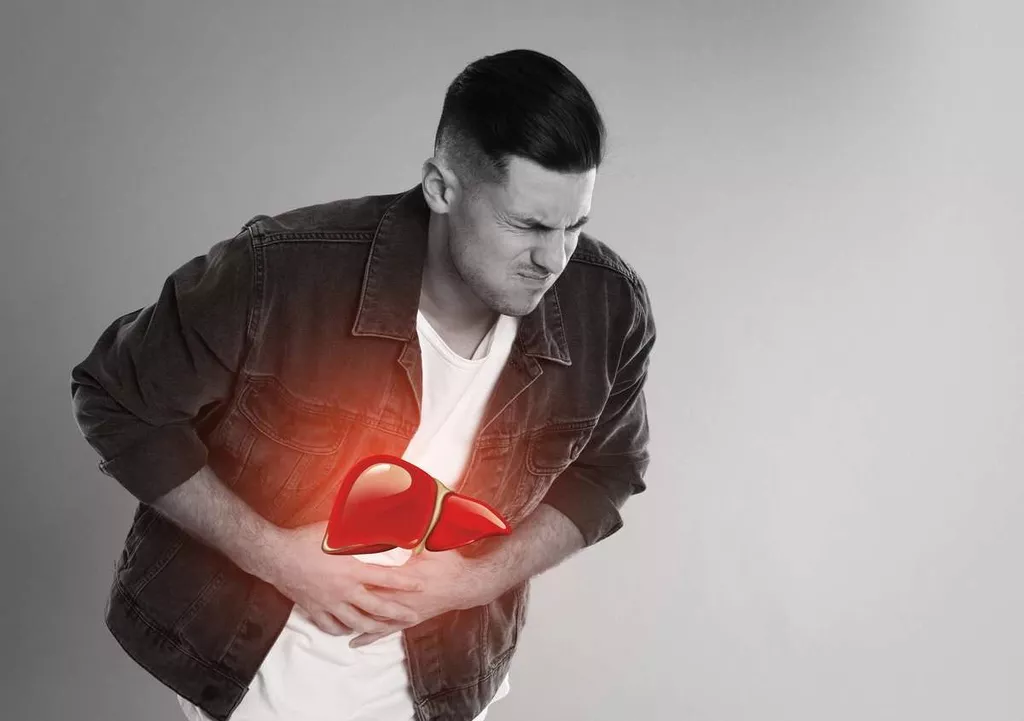Content
Slips and setbacks happen, but, with hard work, most people can recover from their relapses and move on with recovery. Data collection, register linkages and anonymization of the data were carried out by the register keepers at the National Institute for Health and Welfare (THL), the Social Insurance Institution of Finland, and Statistics Finland. Kids who are depressed may use alcohol or marijuana to cheer themselves up, Dr. Taskiran notes, and blunt the irritability that is a symptom of adolescent depression. So if their peers are offering a drug that makes you happy, that’s often the first thing they turn to.” Substance use can quiet negative thoughts that plague depressed kids. Experts note that to encourage teens to reduce or stop substance use, it’s important give them other coping strategies to manage their problems without turning to substances. Instead of slowing them down, alcohol can make teens feel more energetic, do riskier things and get more aggressive.

This indicates that also father’s alcohol abuse has an independent effect regardless of mother’s alcohol abuse [25]. Some of the differences between the effects of maternal and paternal alcohol abuse may be explained by the fact that alcohol abusing fathers do not live with their children as often as do alcohol abusing mothers [25]. Although family separation has been found to be a risk factor for mental and behavioural disorders in children [25–27], not living with the alcohol abusing parent is likely to protect the child against the harmful effects of parental alcohol abuse. This accumulation of problems can be one explanation for the higher risk of mental and behavioural disorders in the children of alcohol abusing mothers compared with children of fathers with these problems. Our results thus emphasize the mother’s role in children’s well-being in our culture.
The Stigma of Alcohol Dependence Compared with Other Mental Disorders: A Review of Population Studies
Luckily, effective treatment for AUD and co-occurring mental health disorders can be available. Over the course of the pandemic, many adults reported symptoms consistent with anxiety and depression, with approximately four in ten adults reporting these symptoms by early 2021, before declining to approximately three in ten adults as the pandemic continued (Figure 1). Additionally, drug overdose deaths have sharply increased – largely due to fentanyl – and after a brief period of decline, suicide deaths are once again on the rise. These negative mental health and substance use outcomes have disproportionately affected some populations, particularly communities of color and youth.
What personality type is most likely to be an alcoholic?
According to recent information, people who tested high on neuroticism (indicating that they tend to be impulsive and emotionally unstable), low on conscientiousness (tending to be unambitious and lazy), and low on agreeableness (indicating them to be uncooperative and unhelpful), were found to be more likely to have …
The first factor is the age at which a person has his or her first drink (the younger people are when they first start drinking, the more likely they are to drink more heavily into adulthood); the other factors are genetics and environment. If you’re in the “at-risk” population, it doesn’t take much to become dependent on alcohol or other drugs. Fifty percent of young adults (ages 18-24) reported anxiety and depression symptoms in 2023, making them more likely than older adults to experience mental health symptoms (Figure 2). Young adults have experienced a number of pandemic-related consequences – such as closures of universities, transitioning to remote work, and loss of income or employment – that may contribute to poor mental health. Additionally, young adults in college settings may encounter increased difficulty accessing treatment.
Schizophrenia and Alcohol Warning Signs
The Survey collects data by administering questionnaires to a representative sample of the population through face-to-face interviews at their place of residence. If certain people, places, or activities trigger a craving for drugs or alcohol, try to avoid them. This may mean making major changes to your social life, such as finding new things to do with your old buddies—or is alcohol use disorder a mental illness even giving up those friends and making new connections. To help you spot the signs of a substance abuse problem, answering the following questions may help. The more “yes” answers you provide, the more likely your drinking or drug use has become a problem. While adults tend to get more subdued and slowed down by alcohol, in adolescents, it’s the opposite.
Is alcoholism a mental illness or disease?
In 1980, the third edition of the Manual, DSM-3, identified alcoholism as a subset of a mental health disorder. The current edition, DSM-5, classifies alcoholism, now referred to as Alcohol Use Disorder (AUD) or Substance Use Disorder (SUD), as a mental disorder presenting both physical and mental symptoms.
Concerns about youth mental health further increased with the onset of the pandemic and the recent uptick in gun violence. In a recent KFF/CNN survey, roughly half of parents (47%) said the pandemic had a negative impact on their child’s mental health, including 17% who said it had a “major negative impact”. Poor mental health has been more pronounced among adolescent females in particular. As shown in Figure 3, the gap in the share of adolescent females and males reporting feelings of hopelessness and sadness – symptoms indicative of depressive disorder – widened from 2019 (47% vs. 27%, respectively) to 2021 (57% vs. 29%, respectively).
Coping with Depression
In addition, people experiencing prolonged COVID-19 symptoms, or long COVID, may be more likely to develop new mental health conditions or to experience worsening of existing ones. Alcohol and drug abuse can increase the underlying risk for mental disorders. Since mental health problems are caused by a complex interplay of genetics, the environment, and other factors, it’s difficult to say if abusing substances ever directly causes them. However, if you are at risk for a mental health issue, abusing alcohol or drugs may push you over the edge. For example, there is some evidence that those who abuse opioid painkillers are at greater risk for depression and heavy cannabis use has been linked to an increased risk for schizophrenia.
A person with this condition does not know when or how to stop drinking. They spend a lot of time thinking about alcohol, and they cannot control how much they consume, even if it is causing serious problems at home, work, and financially. Alcoholism, now known as alcohol use disorder, is a condition in which a person has a desire or physical need to consume alcohol. Learn https://ecosoberhouse.com/ how having PTSD and alcohol use problems at the same time can make your symptoms of both, worse. If this is a medical emergency or if there is immediate danger of harm, call 911 and explain that you need support for a mental health crisis. At this stage, drinking becomes everything in your life, even at the expense of your livelihood, your health and your relationships.


